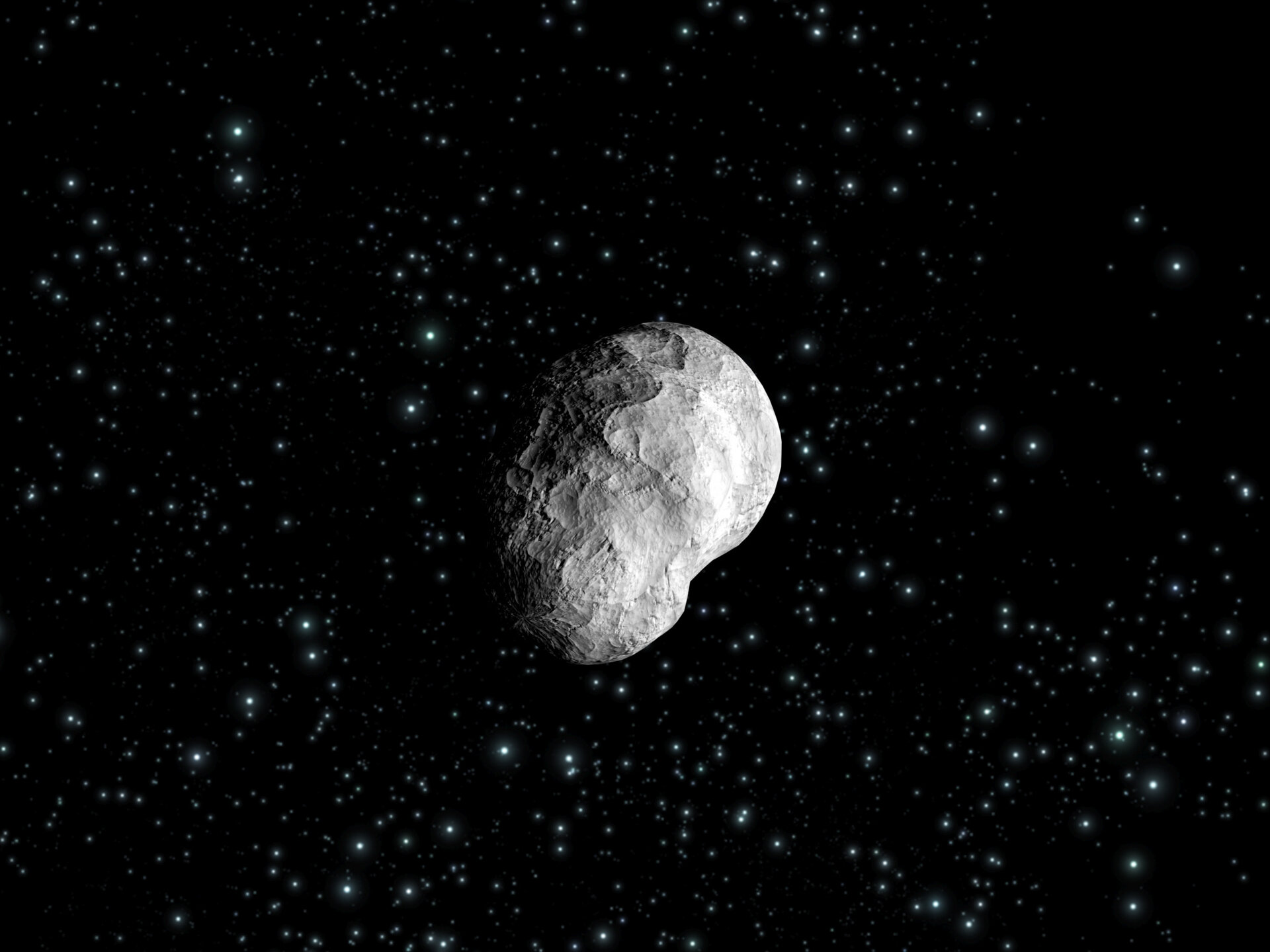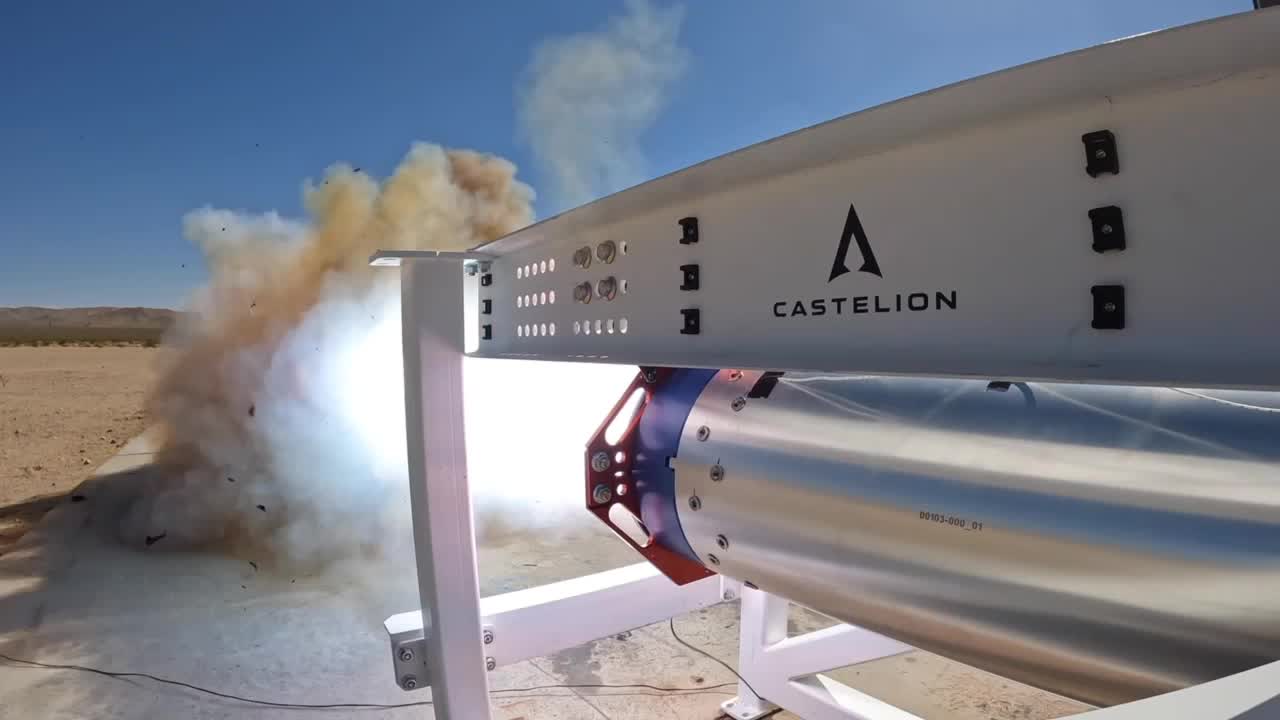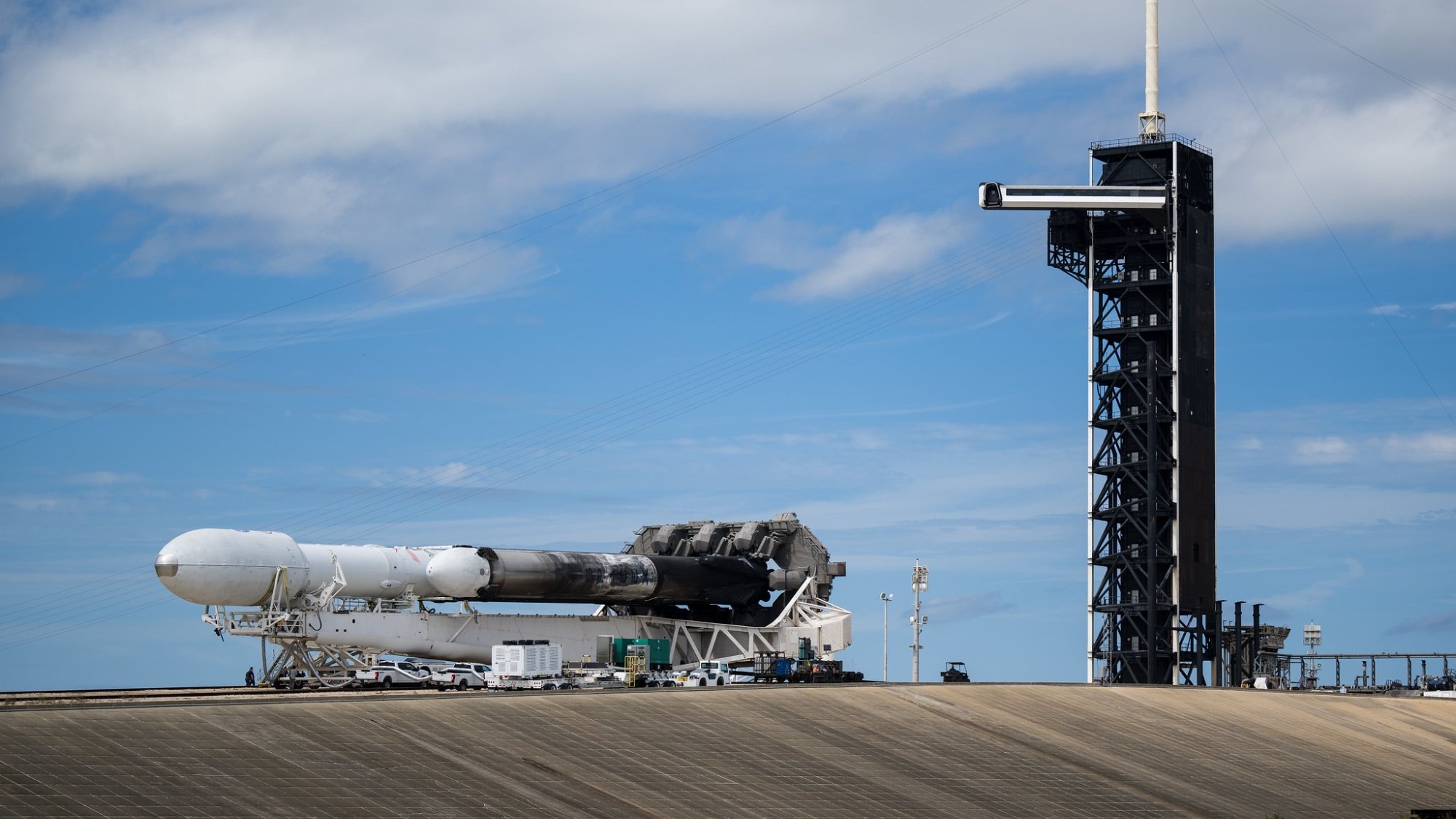Lawrence Livermore National Lab recently conducted a detailed simulation of a nuclear deflection scenario, reminiscent of the plot in the 1998 space disaster film “Armageddon.” The research, led by Mary Burkey, aims to explore the practicality and effectiveness of using nuclear explosive devices to deflect incoming asteroids.
Key Takeaway
The simulation conducted by Lawrence Livermore National Lab sheds light on the complexities and potential effectiveness of nuclear asteroid deflection, paving the way for further research in planetary defense.
Challenges of Nuclear Deflection
The simulation revealed that a nuclear deflection must be executed with precision to avoid the potential scenario depicted in “Armageddon,” where fragments of the asteroid could still impact Earth, leading to widespread devastation. The complexity of an asteroid’s structure and material properties poses significant challenges in accurately simulating the energy deposition required for nuclear deflection.
Computational Complexity
The simulation process is computationally intensive, requiring weeks to run on hundreds of CPUs. It involves intricate particle transport within a full radiation-hydrodynamics code and detailed material models. The simulation also addresses the propagation and interaction of X-rays, the primary energy output of a nuclear explosion, with an asteroid’s surface.
Insights from the Simulation
The simulation provides a comprehensive understanding of the microsecond-by-microsecond dynamics following a nuclear impact on an asteroid. The findings offer valuable insights for further large-scale studies on asteroid deflection using nuclear mitigation.
Future Implications
The completion of the energy deposition model opens avenues for extensive studies using large-scale hydrodynamic codes. The team emphasizes the need for in-depth investigations into various factors such as material distribution, asteroid rotation, irregular shapes, and gravitational effects to enhance the understanding of deflection missions’ outcomes. Additionally, the team advocates for faster-running simulations tailored to specific threats, potentially leveraging machine learning for expeditious response strategies.

























